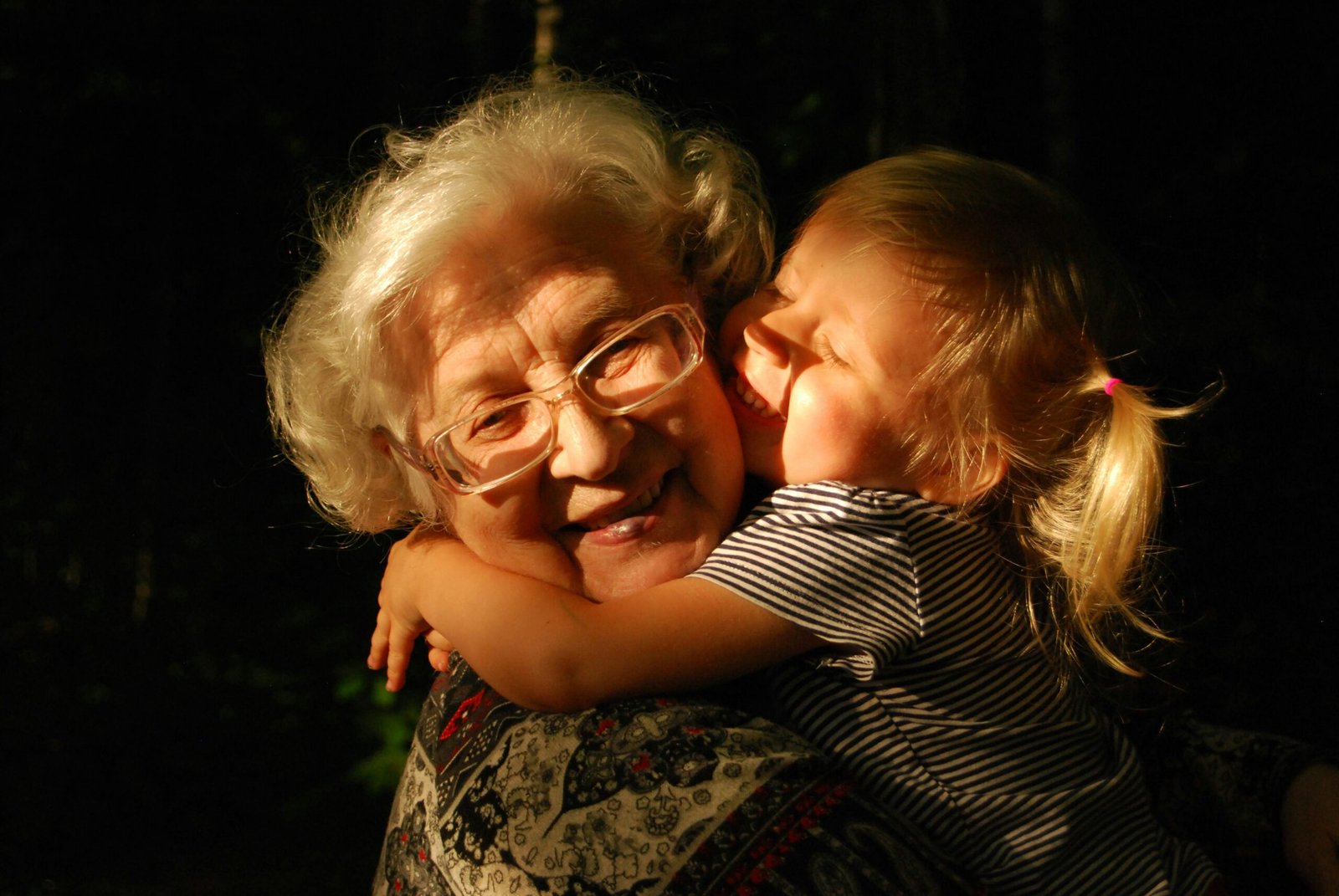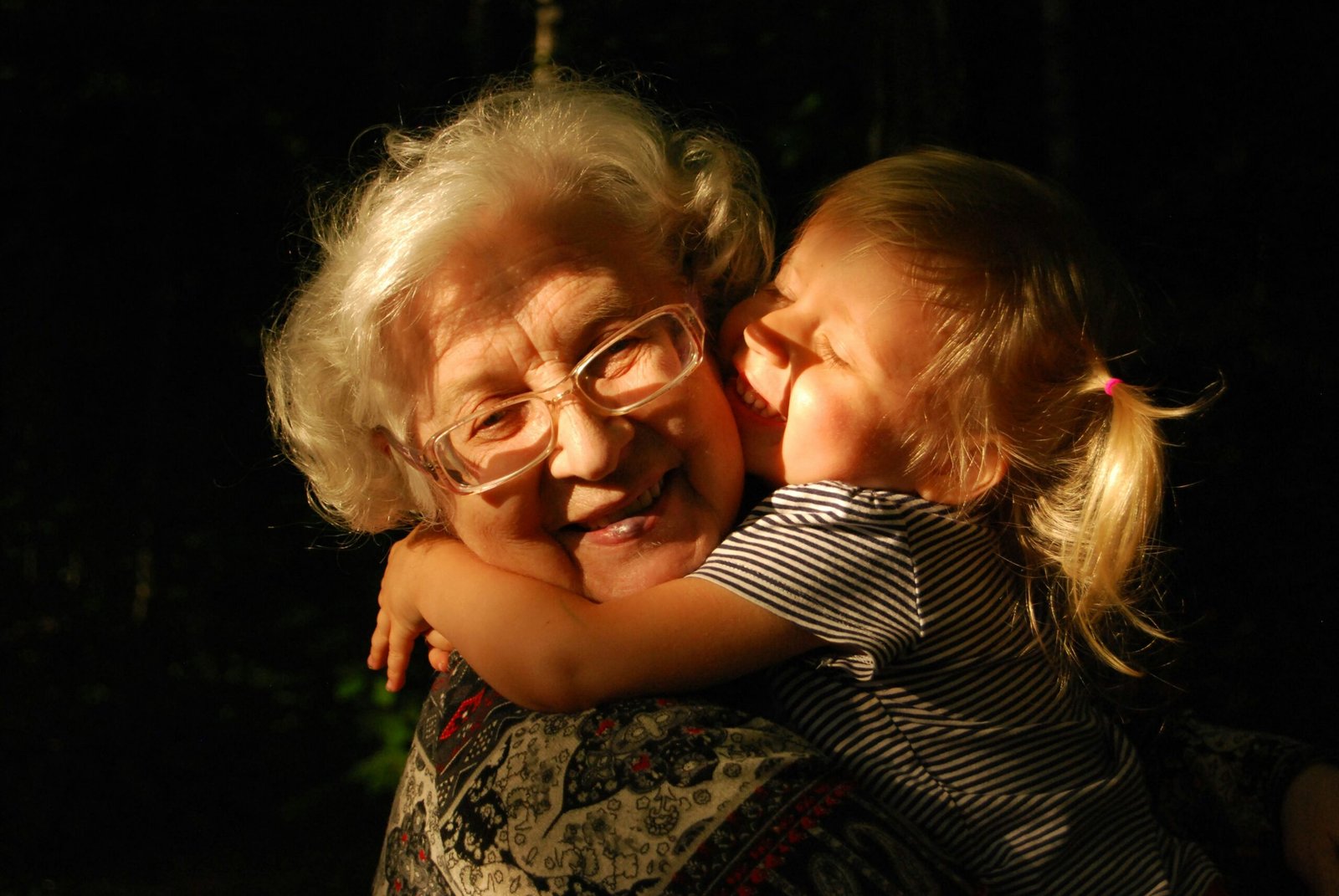The Unexpected Journey
Tom was not your typical time traveler. An enthusiastic yet clumsy inventor, he had always dreamed of experiencing historic moments firsthand. With his trusty time machine, cobbled together from spare parts and a generous dose of imagination, he believed he would effortlessly glide through different eras. However, the day of his maiden voyage proved to be far from smooth. Just as he initiated the temporal sequence, an unexpected power surge shocked him, causing his homemade machine to sputter alarmingly before a blinding flash enveloped him.
When the haze cleared, Tom found himself in a lush green landscape, vibrant with life and deeply steeped in history. Confusion and excitement warred within him as he realized he had accidentally landed in the Middle Ages. The air was filled with a mix of rustic aromas—smoky fires, fresh earth, and the faint scent of livestock. However, his exhilaration was short-lived when he caught sight of the surroundings: towering castles, peasants in homespun garments, and horses clopping along unpaved streets. The visual splendor of the Middle Ages was overshadowed by a gnawing fear of the unknown.
With each step he took, Tom felt a mix of thrill and trepidation course through him. The medieval era was vastly different from his own, filled with customs and social structures he could hardly comprehend. He was a mere outsider in this intricate tapestry of history, and the implications of being lost in such a time sent waves of anxiety crashing over him. Yet, he was determined to forge ahead. This unexpected journey could be the adventure of a lifetime, fraught with challenges and humorous escapades. Little did he know that this was only the beginning of a series of misadventures that awaited him in this fascinating historical world.
A Knight in Shining Armor… Not
Tom’s sudden arrival in the Middle Ages found him in quite the peculiar situation. With his modern attire and bewildered expression, he quickly became the center of attention. The people, unfamiliar with the concept of time travel, misconstrued his unfamiliarity as the behavior of a knight who had recently returned from a quest. This misunderstanding set the stage for a series of comical events, as Tom was thrust into a world dominated by the codes of chivalry and combat.
As he stumbled through the cobblestone streets, Tom innocently accepted the title bestowed upon him. He was paraded in front of a gathering crowd, requiring him to pretend familiarity with the tenets of knighthood. His attempts to fit in often resulted in humorous scenarios; for instance, during a feigned duel meant to showcase his knightly prowess, Tom inadvertently struck a decorative barrel instead of his opponent. The laughter that ensued turned out to be a pivotal point, as the townsfolk began to regard him as a humorous yet noble figure, despite his clear lack of skills.
Furthermore, the expectations of knighthood, which included gallantry and bravery, became increasingly burdensome for Tom. Often, he found himself in ludicrous predicaments, such as misinterpreting a call for heroism, grabbing a loaf of bread from a baker instead of a sword when attempting to protect the villagers from a perceived threat. His genuine heart and humorous approach to these misunderstandings inadvertently won him the admiration of locals, transforming him into a beloved figure instead of the valiant knight they anticipated.
While Tom may not embody the ideal knight in shining armor, his unintentional charm and unwavering spirit led him to forge connections with the townspeople, turning misadventures into treasured memories and laughs. The journey presented Tom with more than just challenges; it opened doors to friendships that none could have predicted in that unconventional medieval landscape.
The Royal Banquet Gone Wrong
One extraordinary evening, the grand hall of King Alaric’s castle was adorned with opulent decorations, a testament to the royal flair of the Middle Ages. The event was a lavish banquet, where the nobility gathered to celebrate a recent victory in battle. Among the esteemed guests was Tom, an unassuming time traveler, whose enthusiasm often led to unforeseen chaos. Little did he know, his presence would irrevocably alter the course of the evening.
The banquet began with an array of sumptuous dishes served to the nobles, each plate a culinary masterpiece designed to delight the senses. As the evening progressed, Tom, captivated by the extravagant display of food, grew increasingly careless. His carefree nature took center stage when he reached for a particularly decadent piece of roast, inadvertently sending an array of dishes tumbling across the long, polished table. The sight was nothing short of comedic, as plates crashed, and goblets wobbled perilously on their bases.
The nobles, who prided themselves on their decorum, were horrified. The gasps of shock swiftly turned into chaos as, in the grip of panic, one knight hurled a handful of mashed potatoes in Tom’s direction. This act ignited an uproarious food fight that erupted across the hall, leading noblemen and women to fling their meals at one another, transforming the elegant event into a riotous spectacle. Amidst the flying bread rolls and spilled wine, the courtly etiquette that governed their interactions flew out of the window, replaced by laughter and bewilderment.
As clumps of peas and bits of roast circulated through the air, it became evident that cultural misunderstandings were at play. Tom’s clumsiness had transcended time, creating a moment of hilarity that bonded the nobles in a way that formalities never could. This unexpected bond of camaraderie in the midst of food-fueled chaos depicted the whimsical nature of Tom’s time travels, highlighting the universal truth that sometimes, laughter is the best unifier, even amidst the most regal gatherings.
Meet Gwen: The Sassy Peasant
In the midst of his adventures in the Middle Ages, Tom encounters Gwen, a captivating peasant girl whose charm and wit illuminate the otherwise dreary existence typical of her social class. From their very first interaction, it becomes clear that Gwen possesses a remarkable ability to navigate the complexities of her world with humor and resilience. She embodies the spirit of the age, challenging societal norms and infusing everyday life with a refreshing perspective that enables Tom to reevaluate his own understanding of privilege and hardship.
Gwen’s role as Tom’s guide is pivotal, as she introduces him to the intricate web of relationships and expectations that define peasant life. Through their conversations, Tom learns about the daily struggles of those in lower classes, from tending to the fields to dealing with the feudal lords who dictate their lives. Gwen expertly weaves anecdotes of her experiences into their discussions, providing a glimpse of her fierce independence. Her sassiness often disarms those around her, and her quick wit becomes a vital tool for survival in a world where power dynamics are starkly pronounced.
Their partnership evolves into a dynamic friendship, with Gwen teaching Tom not only practical survival skills but also vital lessons about humility and perseverance. As they navigate the challenges posed by their differing social statuses, Tom begins to understand the importance of empathy and solidarity. Gwen’s unwavering spirit is a source of inspiration, illustrating how humor serves as a meaningful resilience strategy against the adversities they face. This bond between a noble time traveler and a sassy peasant addresses deeper themes of class, gender equality, and the often-unheard voices of those who lived in the shadows of history.
The Mysterious Wizard: Merlin or Not?
During Tom’s escapades in the Middle Ages, he has a fateful encounter with a self-proclaimed wizard who adopts the name of Merlin. This character presents himself with ostentatious flair, boasting of powers that claim to sway the very fabric of reality. However, upon further inspection, it becomes evident that Merlin’s magical prowess might be as dubious as his credentials. Tom, with a mind steeped in scientific inquiry and a comedic outlook on life, finds himself both entertained and bewildered by this figure.
Merlin’s influence on Tom’s adventures brings forth an intriguing dynamic. While the wizard attempts to offer advice steeped in what he perceives to be ancient wisdom, Tom’s responses reflect a pragmatic understanding devoid of mystical notions. Where Merlin advocates for incantations to solve dilemmas, Tom often resorts to logical reasoning and empirical solutions. For instance, when presented with the problem of a dragon threatening the village, Merlin insists that a spell can tame the beast, whereas Tom suggests a more measured approach involving fire safety protocols and the construction of protective barriers.
This contrast highlights a significant theme within Tom’s journey—the juxtaposition of genuine magic versus scientific rationality. Merlin’s mythical credentials, when examined closely, reveal a pattern of deception mingled with entertaining performances, leaving Tom to navigate his adventures through a lens of skepticism. Ultimately, this dissonance serves not only as a source of humor but also as a critique of unverified claims that often permeate society. As Tom grapples with the enigma of Merlin, he learns to discern between authentic magic, which may exist in folklore, and the structured world governed by the principles of science.
A Dragon of Miscommunication
During his unexpected journey to the Middle Ages, Tom found himself in a quaint village where a peculiar incident would redefine his understanding of heroism. As he strolled through the cobblestone streets, Tom overheard panicked villagers discussing a fearsome dragon that had been terrorizing their homes. Driven by curiosity and perhaps a hint of recklessness, he set off in search of the mythical beast, mistakenly believing he was destined to save the day.
The scene that awaited him was unlike anything Tom had anticipated. Instead of a ferocious dragon spewing fire and destruction, he encountered a colossal lizard basking in the sun. It lacked the menacing features one would associate with a dragon; however, the sheer size of the creature was enough to ignite fright among the villagers. Miscommunication escalated the situation as rumors spiraled out of control: Tom had unwittingly transformed a harmless lizard into a terrifying dragon in the minds of the townsfolk.
With his heart racing and adrenaline surging, Tom made a rash decision to confront the supposed dragon. Armed with little more than bravery and a questionable plan, he charged at the creature. To his surprise, the lizard remained unfazed, merely flicking its tongue curiously while the villagers watched in awe and trepidation. Sensing an opportunity for glory, Tom heightened his theatrics, proclaiming himself the village’s dragon slayer. The mistaken identity of the creature ultimately led to an unexpected victory: the villagers hailed Tom as a hero, rallying behind him in misplaced admiration.
Despite his reckless bravery, Tom’s friends, who had reluctantly followed him, offered crucial support throughout this misadventure. They attempted to maintain a semblance of order, trying to dissuade him from confronting the so-called dragon. Their efforts, while often comedic, underscored the importance of teamwork even in moments of chaos. What began as a simple case of miscommunication resulted in unintended heroism, leaving a lasting legacy in the village and an amusing tale for Tom’s future endeavors.
Sir Not-So-Brave: The Knightly Antithesis
During his adventures in the Middle Ages, Tom encountered a rather peculiar knight known as Sir Not-So-Brave. This remarkable character presented a comedic twist to the traditional ideals of knighthood, which are often characterized by valor, gallantry, and a steadfast commitment to noble causes. Instead, Sir Not-So-Brave showcased an overwhelming tendency toward cowardice, which often led to both humorous and enlightening experiences for Tom.
Sir Not-So-Brave’s appearance was reminiscent of a classic knight in shining armor; however, his reputation for trepidation significantly undermined this image. He would frequently don his armor with the hopes of embodying the courage expected of a knight, only to be overwhelmed by fear at the first sign of danger. His exaggerated reactions, such as diving behind bushes at the mere sound of a rustling leaf, transformed what could have been perilous situations into side-splitting escapades. In these moments, Tom found himself both amused and perplexed by the blatant contrast between Sir Not-So-Brave’s bravado and his actual conduct.
Despite his laughable attempts to instruct Tom in the virtue of bravery, Sir Not-So-Brave managed to impart lessons in a rather unconventional manner. His misguided counsel often emphasized the importance of evasion over confrontation, thus turning scenarios meant to encourage valor into opportunities for hilarious misadventure. For instance, when faced with a dragon, he attempted to teach Tom the value of diplomacy by suggesting they bring the beast a bouquet of flowers as a peace offering—an idea that sent Tom into fits of laughter.
As Tom continued his quests, he began to appreciate Sir Not-So-Brave for what he was: an awkward, yet earnest companion whose antics constantly challenged the conventional expectations of bravery. Their escapades together ultimately enriched Tom’s understanding of heroism and cowardice, illustrating that even the most unlikely allies can play pivotal roles in an adventure through the Middle Ages.
Lessons Learned in the Past
Throughout his misadventures in the Middle Ages, Tom encounters various challenges that teach him invaluable life lessons. One of the most significant lessons revolves around the value of friendship. In an era marked by feudal hierarchies and social divisions, Tom learns that genuine connections span beyond class boundaries. Befriending a humble squire and a wise yet quirky herbalist shows him that camaraderie can emerge from the most unexpected places, reinforcing the idea that no matter where one comes from, true friendship is grounded in mutual respect and understanding.
Courage also plays a pivotal role in Tom’s journey. Facing daunting foes, navigating treacherous landscapes, and confronting the unknown all require a level of bravery that Tom initially struggles to muster. However, each encounter empowers him to rise above fear and uncertainties, teaching him that real courage is not the absence of fear, but the determination to overcome it. This newfound bravery shapes Tom’s character, inspiring him to take more risks, both in his medieval adventures and in his modern life.
Additionally, Tom’s experiences in different cultures during his time travel illustrate the importance of cultural understanding. The Middle Ages are rich in diverse customs, beliefs, and practices. By immersing himself in these different ways of life, Tom realizes that every culture has something valuable to offer. This appreciation for diversity not only enhances his adventures in the past but also resonates powerfully with contemporary issues surrounding cultural acceptance and social cohesion. His journey underscores the notion that embracing diversity enriches one’s life, making it more colorful and meaningful.
These life lessons of friendship, courage, and cultural appreciation, while rooted in the past, hold a timeless relevance. Tom’s playful yet poignant encounters serve as reminders of the principles that guide human interactions and model personal growth. Through laughter and mishaps, his tales invite readers to reflect on their own life journeys and the lessons they gather along the way.
The Return to the Present
After what felt like a lifetime of excitement, challenges, and unexpected friendships, Tom finally discovered a way to return to his own time. As the swirling vortex of time greeted him, a mix of emotions flooded his heart. The laughter shared with his medieval companions echoed in his mind, their faces vivid and bright against the backdrop of his future. Tom had formed bonds that transcended time itself, and the thought of leaving this world—and those he had grown to care for—was bittersweet.
Stepping through the portal, Tom couldn’t help but feel a pang of regret. The Middle Ages had offered him a unique perspective on life, a time brimming with adventure and camaraderie. His friends, albeit from a different era, had taught him invaluable lessons about resilience, loyalty, and the importance of humor even in dire situations. Each hilarious incident, whether it was a knight mistaking him for a jester or a mischievous encounter with a catapault, had carved a niche in his heart, reminding him of the joys of spontaneity.
Upon returning to the present, Tom found himself reflecting on his experiences with a newfound appreciation. The trials of the medieval world had shaped him in unexpected ways, instilling a sense of confidence that permeated his daily life. He began to view problems not as obstacles but as opportunities for growth, a philosophy that had flourished amid the chaos of knights and castles. His tales of misadventures became a source of inspiration for his friends and family, each story met with laughter and awe. Tom’s journey through time had not merely been an escape; it had been a transformative experience that would follow him into his future, reminding him of the friendships and lessons gathered along the way.




















No Comments
Leave a comment Cancel